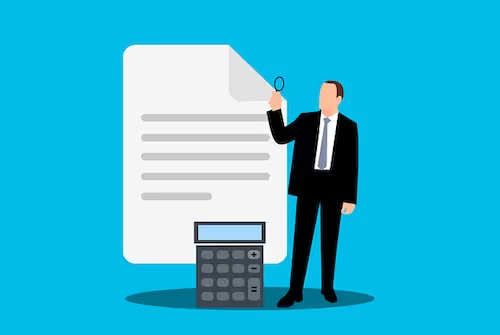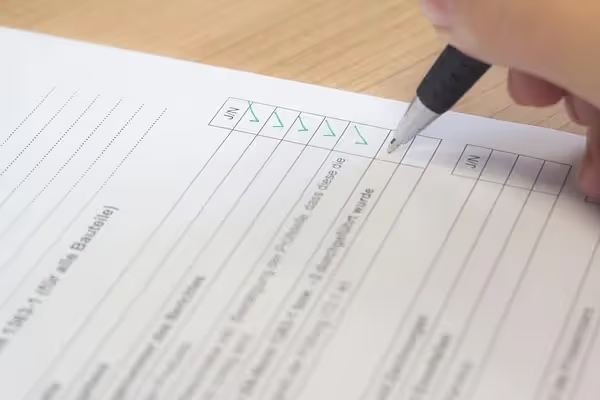Creating an effective social media listening report is crucial for brands that want to understand their audience, monitor performance, and make data-driven decisions. A good listening report doesn’t just track mentions; it reveals insights about brand sentiment, competitors, and emerging trends that can influence future marketing strategies.
This step-by-step guide will show you how to build a winning listening report, use listening report templates, and apply best practices to make your data analysis more insightful and actionable.
What is a Social Media Listening Report?
Before diving into the process, it's essential to understand what a listening report really means and why it’s important.
A social media listening report is a documented summary of insights collected from social media monitoring tools. It helps brands understand public conversations about their products, competitors, and industry trends. Unlike basic analytics, a listening report focuses on qualitative insights, tone, sentiment, emotions, and themes, rather than just numbers.
Key Functions of a Listening Report
A well-structured listening report serves multiple purposes across marketing, PR, and product development.
Here are the main functions:
- Identify customer sentiment and relationships with your brand.
- Track mentions and engagements across platforms.
- Detect emerging trends or consumer topics.
- Evaluate campaign performance beyond vanity metrics.
- Benchmark against competitors’ social presence.
Why Your Business Needs a Listening Report
Understanding the impact of your brand’s online presence goes beyond follower counts or likes. Here’s why creating consistent listening reports is essential for business success.
Strategic Benefits
A great listening report provides tangible business advantages:
- Reputation management: Identifies potential PR risks early.
- Customer insight: Reveals unmet needs and common pain points.
- Competitor intelligence: Tracks rivals’ performance and audience engagement.
- Content optimization: Shows what topics and formats resonate most.
- Trend forecasting: Helps you align campaigns with evolving market conversations.
When integrated into marketing strategy, listening reports transform raw data into intelligence that informs decision-making.
Read more-
The Future of Creator Marketing & Risk-Tech 2025
State of Brand Safety in Influencer Marketing
Case Studies in Influencer Marketing Gone Wrong
Finance Influencers on LinkedIn: How to Vet Creators Before You Collaborate
Essential Components of a Listening Report
Creating an impactful listening report requires more than gathering social media mentions. You need structure, focus, and consistency. The following core components make your report clear and actionable.
1. Executive Summary
Start with a summary highlighting top findings. Briefly mention the most significant patterns, sentiment analysis, and strategic recommendations.
2. Listening Objectives
Clearly state why the report was prepared. Objectives might include tracking brand reputation after a campaign launch or identifying influencer activity in your niche.
3. Data Sources and Tools
Specify which listening tools and social platforms were used (e.g., Sprout Social, Brandwatch, or Hootsuite Insights). Mention filters like date range, keywords, or location for accuracy.
4. Sentiment Analysis
Present insights into positive, neutral, and negative mentions. Include a short interpretation explaining what influenced audience tone.
5. Key Themes and Conversations
Summarize the dominant topics mentioned around your brand or industry. Consider visualizing keyword frequency with charts or tables for clarity.
6. Influencers and Advocates
Highlight influential accounts that discuss or promote your brand. Identify key partners or advocates for future campaigns.
7. Competitor Benchmarking
Include a comparison between your brand and competitors on engagement, sentiment, and reach.
8. Recommendations and Action Plan
Conclude with actionable steps derived from the insights, such as responding to negative sentiment, developing content around popular themes, or collaborating with listed influencers.
How to Create a Listening Report: Step-by-Step Process
Creating a listening report follows a structured process. Understanding each stage ensures your report is not only comprehensive but aligned with specific business goals.
Step 1: Define Your Goals
Before analyzing data, determine what you want to achieve. Goals can include campaign evaluation, sentiment tracking, or competitive benchmarking.
Step 2: Choose the Right Keywords
Select brand-related and industry-specific keywords using relevant tags, product names, or phrases. Include both direct and indirect mentions to ensure comprehensive coverage.
Step 3: Select Listening Tools
Use tools offering real-time monitoring and advanced filtering. Each of these tools outputs data that can easily be structured into listening report templates.
Step 4: Collect and Clean Data
Gather data from various platforms and remove duplicates or irrelevant mentions. Accuracy at this stage ensures credibility in insights.
Step 5: Analyze and Categorize Conversations
Group the collected mentions by topic clusters. This helps identify major conversation areas such as feedback, suggestions, sentiment, and purchasing intent.
Step 6: Visualize Results
Charts, infographics, and heatmaps make the listening report more understandable and compelling. Visualization tools like Canva or Google Data Studio integrate well for presentation.
Step 7: Draft the Report
Organize findings under the core components mentioned earlier. Keep your writing concise, visual, and narrative-driven.
Step 8: Review and Present Insights
Cross-check data accuracy and visualize takeaways in summary slides or dashboards for stakeholder meetings.
Customizable Listening Report Templates
Listening report templates provide a framework that helps maintain consistency and saves time across different analyses. Whether you're preparing weekly, monthly, or quarterly reports, the template structure remains adaptable.
Features of Effective Listening Report Templates
An ideal listening report template should include:
- Executive summary section
- KPIs and benchmarks
- Sentiment trends with visuals
- Topic and influencer lists
- Recommendations for next steps
Sample Listening Report Template
Here’s a simplified template outline you can replicate in Excel, PowerPoint, or Google Slides:
This layout ensures your report reads both professionally and persuasively.
Best Practices for a Winning Listening Report
Not all reports deliver the same impact. The difference often lies in execution and presentation. Following best practices ensures your report stands out.
Focus on Insights, Not Just Data
Avoid overwhelming audiences with statistics. Use storytelling to explain what the data means and how it affects business strategy.
Maintain Consistent Reporting Intervals
Conduct listening reports regularly, monthly or quarterly, to track progress effectively over time.
Combine Quantitative and Qualitative Metrics
Balance visual data (charts, graphs) with qualitative context (quotes, sentiment summaries) for richer insights.
Align Reports with Broader Goals
Ensure every section links back to organizational objectives such as increasing engagement, improving reputation, or exploring new audience segments.
Keep It Visual and Digestible
Use color-coded visuals, bullet points, and simplified tables. A clutter-free report enhances comprehension and memorability.
Common Mistakes to Avoid
Even seasoned marketers can fall into these traps. Recognizing them ensures your reports remain credible and useful.
- Overloading the report with unnecessary data points.
- Ignoring negative sentiment or missing tone variations.
- Failing to contextualize metrics with qualitative insights.
- Using inconsistent measurement criteria between reports.
- Omitting competitor benchmarks or influencer engagement sections.
Turning Listening Reports into Action
A listening report’s value lies in how insights are applied. Use your findings to implement strategies that build stronger brand-customer relationships.
Turning Data into Strategy
- Improve customer response strategies based on negative sentiment drivers.
- Develop campaigns that reflect trending conversation themes.
- Adjust product features aligned with customer feedback.
- Partner with influencers identified as authentic brand advocates.
The true purpose of a listening report is transformation from insights to impact.
FAQs on Listening Reports:
1. What is the purpose of a social media listening report?
A listening report helps brands track and interpret online conversations to understand audience sentiment, trends, and engagement patterns. It guides decisions on content, campaigns, and brand strategy.
2. How often should a listening report be created?
Monthly or quarterly listening reports are ideal. Frequency depends on campaign activity, audience size, and business needs.
3. What tools are best for generating listening report templates?
Popular options include Sprout Social, Brandwatch, Meltwater, Talkwalker, and Hootsuite Insights for automated data collection and report generation.
4. How do I measure sentiment effectively in a listening report?
Use sentiment analysis metrics from listening tools, then manually validate tone context for accuracy. Categorize mentions as positive, neutral, or negative.
5. What makes a listening report “winning”?
A winning listening report combines accurate data, meaningful insights, actionable recommendations, and visual storytelling aligned with organizational objectives.










.avif)


.avif)

